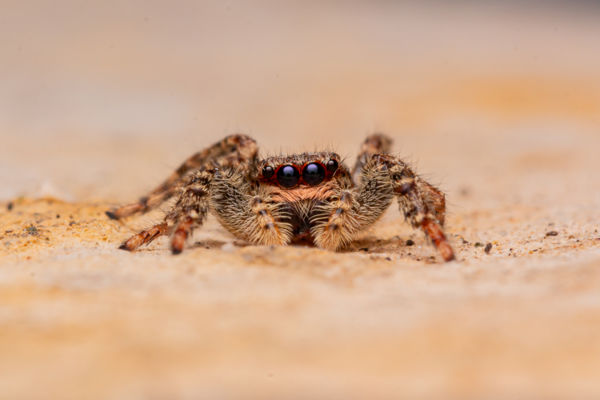The directorate was established in 1996, its territory is nearly 500 km², and the headquarters is located in Pécs.
Its landscape was mainly formed by water. The two rivers – the eponyms of the park – define the diversity of habitat mosaics giving home to a colourful wildlife. Almost the entire area of the park is situated on former floodplains. Along the Danube, starting from the outlet of the Sió Canal down to the southern boundary of Hungary lie the Gemenc and the Béda-Karapancsa regions that are geographically part of the Great Plain. The sandbanks of the Danube are made of coarse sand that drains quickly during low water levels.
The black stork and the white-tailed eagle populations of Gemenc and Béda-Karapancsa are of European importance. The protection of the largest black stork population of Hungary is one of the priorities of the protected area. The white-tailed eagle is among the rarest raptors in Europe. These birds are so philopatric that the same nest can be used for decades! Such nests are not only high up in trees but also reach amazing dimensions. As for herons, the reed beds are home to little and great egrets, night herons, purple herons and a few pairs of bitterns. In the southern part of the area, scattered populations of greylag geese occur. During migration, thousands of birds find food and shelter on these floodplains.
As a ’joint venture’ of the DDNPD and the Hungarian Astronomical Society, one of the local landscape protection areas was the first of its kind to become a candidate for an international dark sky park. Zselic Landscape Protection Area was the first in Europe in 2009 to be honoured with the title of ‘International Dark Sky Park’.




























